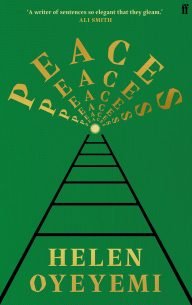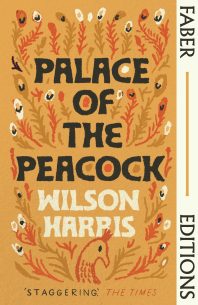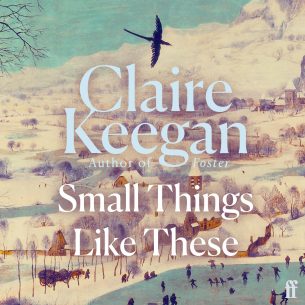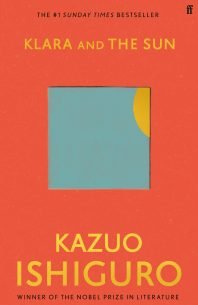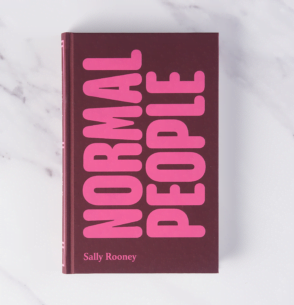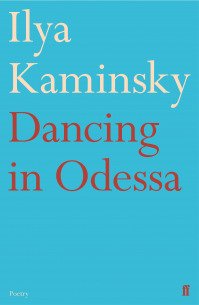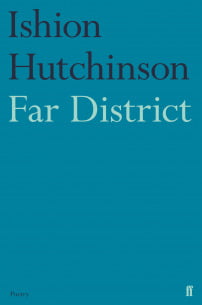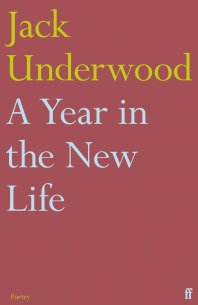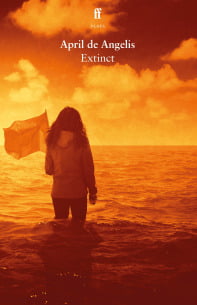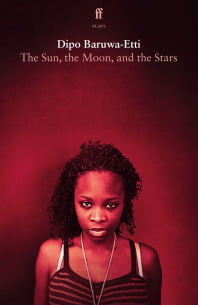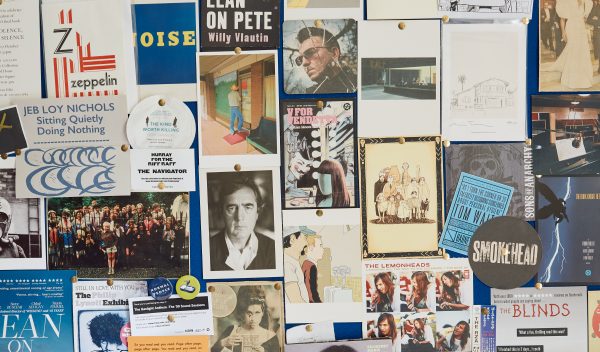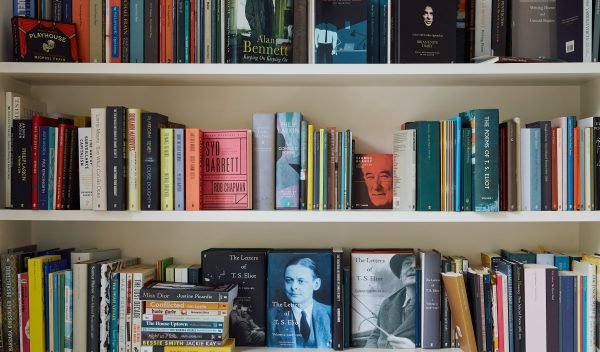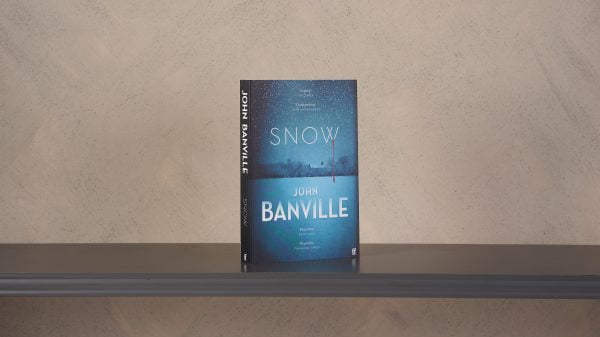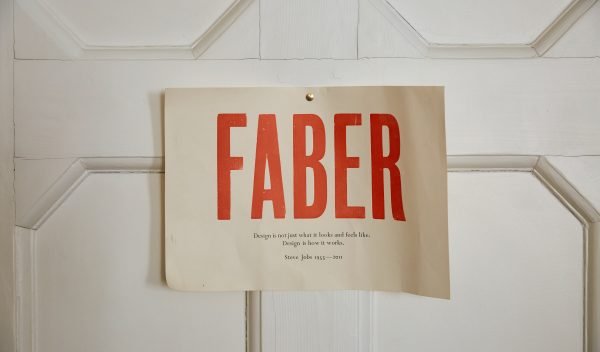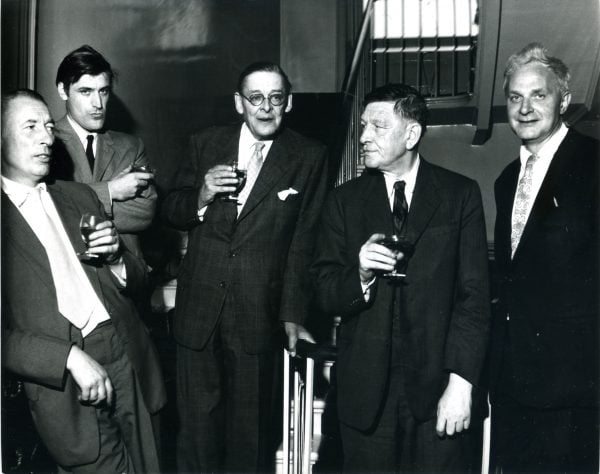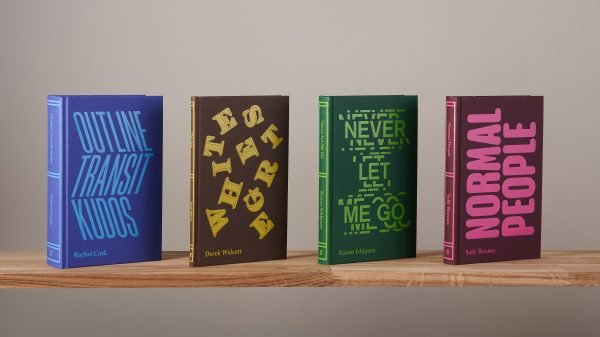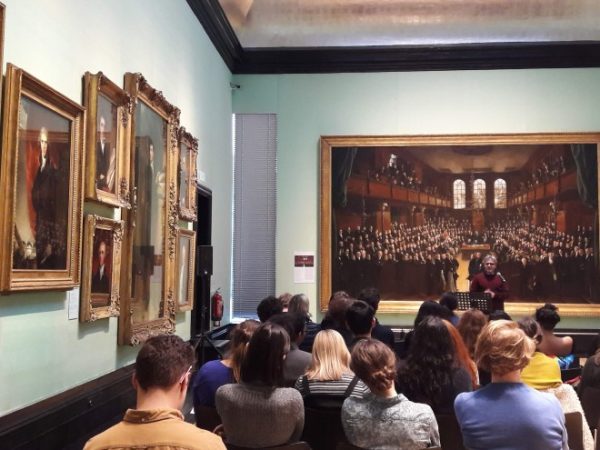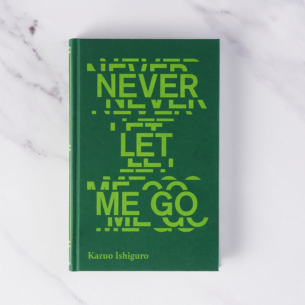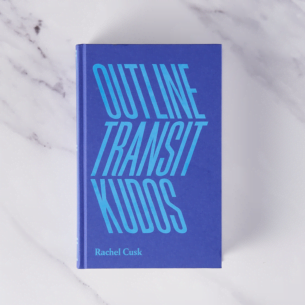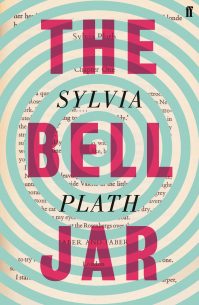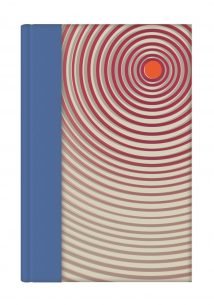
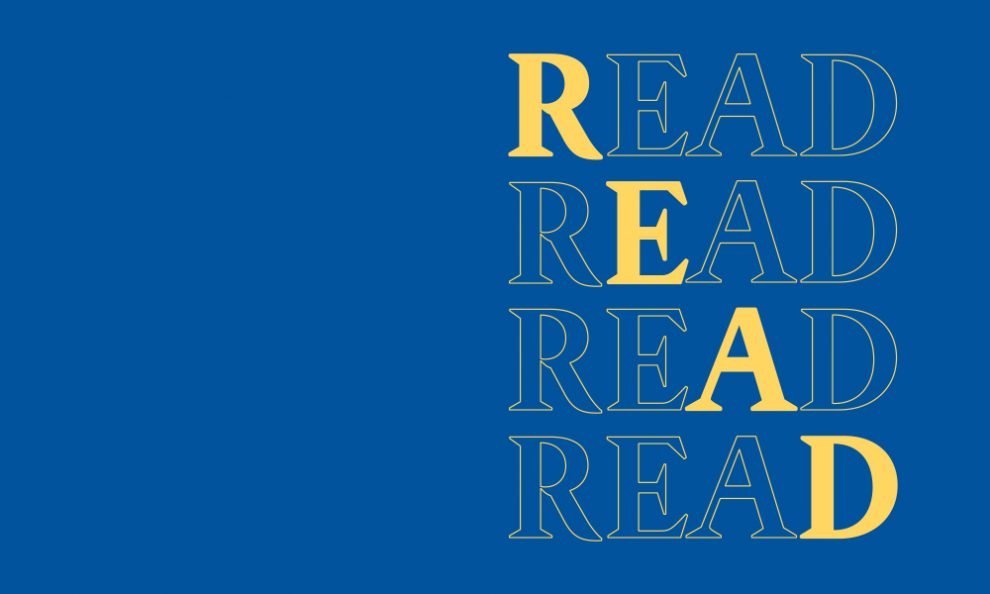
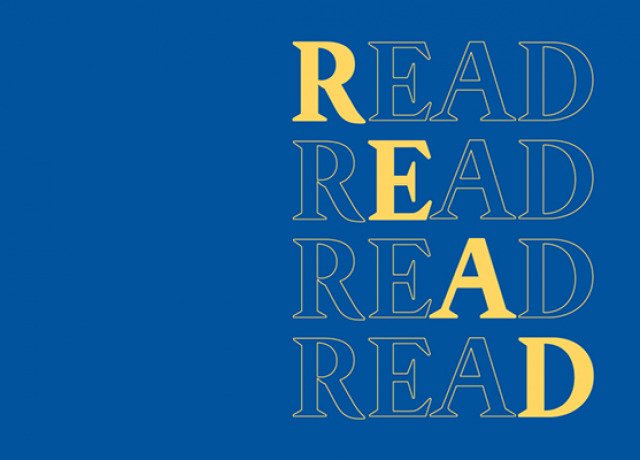
The Power of Plath
By Sarah Savitt, originally published on July 2013
‘Plath is most powerful when she explores what it means to be a woman in an unequal world – and this is why she is considered a feminist icon as well as a brilliant poet.’ Faber’s Sarah Savitt explains the enduring power of one of the twentieth century’s most revered literary figures.
Last month I attended a performance of Sylvia Plath’s last collection of poetry, Ariel. Over two thousand people, packed into the Royal Festival Hall on the Southbank, sat silent and captivated as thirty-nine female poets and actresses, from Miranda Richardson to Jo Shapcott, each read a poem.
For probably the most famous poem in the collection, ‘Daddy’, the stage lights dimmed, a picture of Plath appeared on a screen behind the performers and a recording of Plath began to play. It is an electrifying and controversial poem, and Plath’s voice was rich, clipped and fierce. I closed my eyes to listen and it almost felt like Plath was there in the room. When the recording stopped and I opened my eyes again, of course Plath was not standing on stage – but her legacy is as present and powerful as her voice sounded that evening. After all, for how many other poetry readings would over two thousand people turn out on a sunny Sunday night? Fifty years after her death in 1963, Plath remains one of the most significant twentieth century writers and a feminist icon to many women.

Listening to Ariel reminded me of how varied her writing is. The intimate revenge of ‘Daddy’ (‘Daddy, daddy, you bastard, I’m through’) gives way to the fond, detailed observation of a child in ‘You’re’ (‘Clownlike, happiest on your hands’) and the intricate metaphors using the natural world in ‘The Bee Meeting’ (‘Creamy bean flowers with black eyes and leaves like bored hearts’). It is no surprise that her poetry continues to inspire poets today.
But for me Plath is most powerful when she explores what it means to be a woman in an unequal world – and this is why she is considered a feminist icon as well as a brilliant poet. She recreates on the page the experience of having a female body, society’s double standards about sex, the emphasis on appearance over intellect, the imbalance of power. She does it with passion, humour and intelligence – and sometimes with anger. In ‘The Applicant’, she imagines a woman being marketed and sold: ‘A living doll, everywhere you look. It can sew, it can cook, It can talk, talk, talk.
The Bell Jar, one of my favourite novels, is Plath’s ultimate expression of this funny, smart, intense frustration with what it’s like to be a woman, and this is why it’s a classic which still feels absolutely contemporary.
In The Bell Jar, which was loosely based on Plath’s own life, college student Esther Greenwood wins a magazine internship in Manhattan in the summer of 1953. Esther is a budding writer and the internship feels like a sign that the world is taking her ambitions seriously, unlike her mother who tells her to take shorthand because ‘An English major who knew shorthand …would be in demand among all the up-and-coming young men and she would transcribe letter after thrilling letter. The trouble was, I hated the idea of serving men in any way. I wanted to dictate my own thrilling letters.
But when Esther arrives in Manhattan, the society around her points in another direction: she is showered with make-up samples and body hatred (‘Almost everybody I met in New York was trying to reduce’), told to keep herself pure while her male peers are allowed to experiment with sex, and is surrounded by women ‘simply hanging around in New York waiting to get married to some career man or other’. At the end of a film she and the other interns are taken to see, Esther thinks: ‘I could see the nice girl was going to end up with the nice football hero and the sexy girl was going to end up with nobody, because the man named Gil had only wanted a mistress and not a wife all along.’ Esther, torn between her aspirations of being a writer and career woman, and her desire to be loved and admired and accepted, eventually spirals into depression and eventually a suicide attempt.
These are contradictions, double standards and difficult choices that have not gone away, and women writers continue to explore and expose them. It’s exactly what Caitlin Moran wrote about in her recent bestseller How to Be a Woman, and what Tina Fey is very funny about in Bossypants. Every time I re-read The Bell Jar it reminds me what still hasn’t changed for women – but mainly it makes me feel so relieved that a writer has captured the complexities, confusion and also pleasures of being a woman. Maybe Lena Dunham, creator of Girls, summed up it best when she wrote about Plath’s legacy: ‘Sylvia was just like us. Only she didn’t have The Bell Jar‘.
